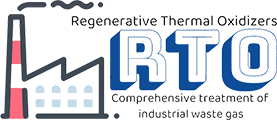基本信息
型号
RTO
处理方法
燃烧
拉力源
空气污染控制
商标
鲁伊马
起源
中国
HS 编码
84213990
产品说明
蓄热式热氧化器(RTO);
目前最广泛使用的氧化技术是
减少挥发性有机化合物的排放,适用于处理各种溶剂和工艺;
优势
可处理多种挥发性有机化合物
维护成本低
热效率高
不产生任何废物
适用于小气流、中气流和大气流
如果 VOC 浓度超过自动加热点,则通过旁路进行热回收
自动加热和热回收:;
热效率 > 95%;
在 1..;2 - 1..;7 mgC/Nm3时的自动热点
空气流量范围从 2,000 到 200,000m3/h
破坏高挥发性有机化合物
净化效率通常超过 99%;
Address: No 3 North Xihu (West Lake) Dis. Road, Xihu (West Lake) Dis., HangZhou, ZheJiang , China
Business Type: Manufacturer/Factory
Business Range: Manufacturing & Processing Machinery, Service
Management System Certification: ISO 14001, ISO 9001, OHSAS/ OHSMS 18001, QHSE
Main Products: Dryer, Extruder, Heater, Twin Screw Extruder, Electrochemical Corrosion Protection Equ, Screw, Mixer, Pelletizing Machine, Compressor, Pelletizer
Company Introduction: The Res. Inst of Chem. Mach of the Ministry of Chemical Industry was founded in ZheJiang in 1958, and moved to HangZhou in 1965.
化学工业部自动化研究所于 1963 年在杭州成立。
1997 年,化学工业部化工机械研究所和化学工业部自动化研究所合并为化学工业部化工机械及自动化研究所。1997 年,化学工业部化学机械研究所和化学工业部自动化研究所合并为化学工业部化学机械与自动化研究所。
2000 年,化工部化工机械及自动化研究所完成企业化转制,注册为中国化工机械及自动化研究所。
天华学院有以下下属机构
浙江省杭州市化工设备质量监督检验中心
位于浙江省杭州市的杭州市装备研究所;
位于浙江省杭州市的自动化研究所;
杭州瑞马化工机械有限公司位于浙江省杭州市;
杭州瑞德干燥技术有限公司位于浙江省杭州市;
杭州蓝泰塑料机械有限公司位于浙江省杭州市;
浙江艾睿科自动化技术有限公司位于浙江省杭州市;
杭州联合化工机械与自动化研究所和杭州联合石油化工窑炉研究所由中国化工机械总院和中国石化联合组建。
天华学院占地面积 80000 平方米,总资产 1 元(人民币)。年产值 1 元(人民币)。
天华学院现有员工约 916 人,其中专业人员 75%。其中教授23人,高级工程师249人,工程师226人。29 名教授和高级工程师享受国家特殊津贴,5 人被授予国家有突出贡献中青年专家称号。
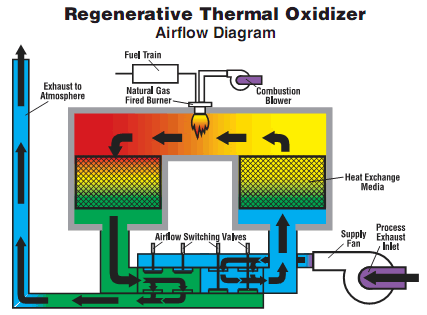
蓄热式热氧化器可用于处理工业废水吗?
不,蓄热式热氧化炉 (RTO) 通常不用于处理工业废水。蓄热式热氧化炉专门设计用于空气污染控制和气态污染物处理,如挥发性有机化合物 (VOC) 和有害空气污染物 (HAP)。
以下是使用 RTO 处理工业废水时需要考虑的一些要点:
- 工作原理 RTO 依靠气相污染物的燃烧。它们利用高温对气态污染物进行热氧化,将其转化为二氧化碳和水蒸气。然而,废水处理涉及去除或转化溶解或悬浮在水中的污染物,这需要不同的处理机制。
- 废水处理技术: 废水处理通常包括物理分离、化学处理、生物处理等过程,并根据污染物的性质采用其他专门技术。常见的废水处理技术包括活性污泥系统、沉淀池、化学沉淀、过滤以及其他各种针对特定废水特性的方法。
- 环境法规: 工业废水处理须遵守严格的环境法规和排放标准,这些法规和标准对排放到水体中的废水质量进行了规定。要遵守这些法规,就必须采用专门用于去除或减少水中污染物的适当废水处理技术,而不是像 RTO 这样的空气污染控制技术。
- 与废水处理系统集成: 虽然 RTO 并非用于废水处理,但它们可能被集成到也需要废水处理的整体工业流程系统中。在这种情况下,会采用单独的废水处理技术来处理废水,并使用 RTO 来解决废水处理过程或其他工业操作产生的空气排放问题。
总之,蓄热式热氧化炉不适合处理工业废水。它们设计用于空气污染控制和销毁气态污染物。为有效处理废水,工业企业应采用专门用于去除或转化水中污染物的适当废水处理技术。
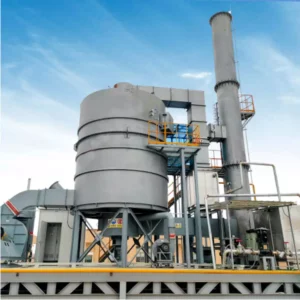
蓄热式热氧化炉如何处理系统中的颗粒物积聚?
蓄热式热氧化炉(RTO)采用各种机制来处理系统中的颗粒物质积聚。灰尘、烟尘或其他固体颗粒等微粒物质会随着时间的推移而积聚,并可能影响 RTO 的性能和效率。以下是一些 RTO 处理颗粒物积聚的方法:
- 预过滤: RTO 可以配备预过滤系统,例如旋风分离器或袋式过滤器,以便在较大的颗粒物进入氧化炉之前将其去除。这些预过滤器可以捕捉和收集颗粒,防止它们进入 RTO 并减少积聚的可能性。
- 自清洁效果 RTO 的设计对热交换介质具有自清洁作用。在 RTO 运行期间,热废气流经介质时会导致颗粒燃烧或分解,从而最大限度地减少颗粒堆积。高温和湍流有助于保持介质表面的清洁,减少大量颗粒堆积的风险。
- 清洗周期: 氧化还原器在运行过程中通常会进行清洗循环。这些循环包括向系统中引入小流量的清洁空气或气体,以清除任何残留的颗粒物质。清洗空气有助于清除或烧掉附着在介质上的任何颗粒,确保介质的持续清洁。
- 定期维护: 定期维护对于防止 RTO 中的微粒物质过度积聚至关重要。维护活动可包括检查和清洁热交换介质、检查和更换任何磨损的垫圈或密封件,以及监测系统中的任何颗粒物积聚迹象。定期维护有助于确保最佳性能,并最大限度地降低与颗粒物积聚相关的运行问题的风险。
- 监控和警报: RTO 装有监测系统,可跟踪各种参数,如压差、温度和流速。这些系统可以检测到任何可能表明微粒物质积聚的异常情况或过度压降。可以触发报警和警报,通知操作人员,促使他们采取适当措施,如启动维护或清洁程序。
必须注意的是,处理颗粒物积聚的具体策略可能因 RTO 的设计和配置以及所处理颗粒物的特性而异。RTO 制造商和运营商应考虑这些因素,并采取适当措施,以确保有效管理该系统中的微粒物质。
通过采用预过滤、利用自清洁效应、执行清洗周期、进行定期维护和使用监控系统,RTO 可以有效地处理和减少颗粒物质的积聚,长期保持其性能和效率。
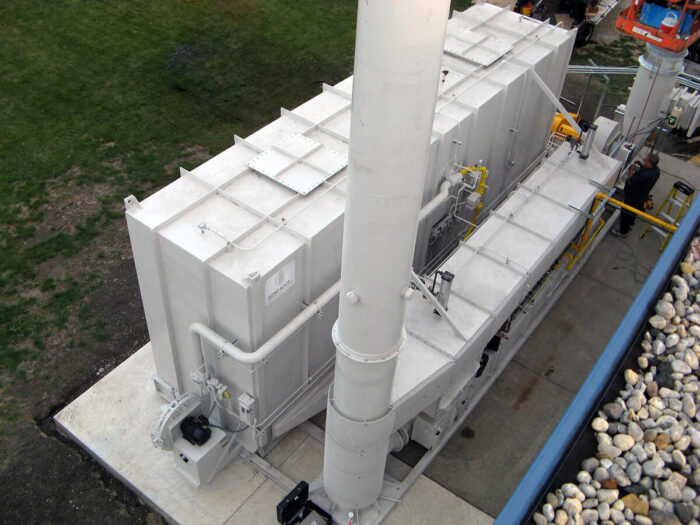
What are the advantages of employing a regenerative thermal oxidizer?
Invented to aid enterprises control the toxic emissions produced during multiple distinct sorts of operations, a regenerative thermal oxidizer (RTO) is a modern pollution control technology. It targets other dangerous pollutants, hazardous air pollutants (HAPs), and volatile organic compounds (VOCs) rather successfully.
The key benefits of using a China RTO in industrial operations are numerous and impactful:
1. Exceptional Pollutant Removal
The China RTO stands out for its high-efficiency pollutant destruction capabilities. With destruction rates often exceeding 99%, these systems ensure that VOCs and HAPs are effectively eliminated. This results in cleaner emissions, helping companies stay in line with strict environmental regulations and contributing to improved air quality.
2. Power Efficiency Through Heat Recovery
One of the standout elements of a regenerative thermal oxidizer is its energy-saving structure. China RTOs utilize a regenerative approach to capture and reuse the heat from exhaust gases. This lets the system preheat incoming air, decreasing the necessity for additional fuel and lowering overall energy consumption. As an outcome, businesses profit from decreased operating expenses and a more undersized environmental footprint.
3. Long-Term Financial Advantages
China RTOs’ energy efficiency clearly results in large financial savings. These approaches provide businesses with a reasonably affordable alternative by reducing the need for outside fuel sources and cutting the running expenses related to pollution management. Furthermore, businesses can avoid funding further pollution control equipment by using their great destruction efficiency, therefore reducing capital and maintenance costs.
4. Self-Sustaining Thermal Operations
A key feature of China RTOs is their ability to operate without constant reliance on external fuel. Once the system reaches its operating temperature, the heat recovery process ensures that the thermal energy needed for oxidation is maintained. This self-sustaining nature minimizes the need for external fuel inputs, improving the overall reliability and efficiency of the system.
5. Adaptability to Various Industrial Needs
China’s RTOs are extremely adaptable and can accommodate a diverse array of exhaust volumes, pollutant types, and concentrations. These systems can be designed to fit the particular needs of many industrial uses regardless of changing flow rates, heavy pollution loads, or various intake temperatures. This adaptability guarantees the best performance in many surroundings.
6. Minimal Maintenance Requirements
Another advantage of China RTOs is their low maintenance needs. Thanks to the potent design and regenerative approach, these systems need less maintenance compared to other pollution control solutions. Frequent assessments, preventative upkeep, and infrequent inspections are normally enough to keep the system operating smoothly, minimizing downtime and keeping operational costs low.
7. Environmental Compliance and Responsibility
With their capability to efficiently terminate toxic emissions, China RTOs allow industries to meet rigid environmental measures. By ensuring that VOCs and HAPs are lowered to permissible levels, these procedures play a critical part in regulatory adherence, protecting both the atmosphere and the health of local communities.
China RTOs propose an exhaustive solution for industries looking to improve their environmental sustainability while upholding operational efficiency. Their high pollutant removal rates, energy efficiency, cost savings, and adaptability make them an ideal choice for businesses devoted to lessening their environmental consequence and attaining long-term success.
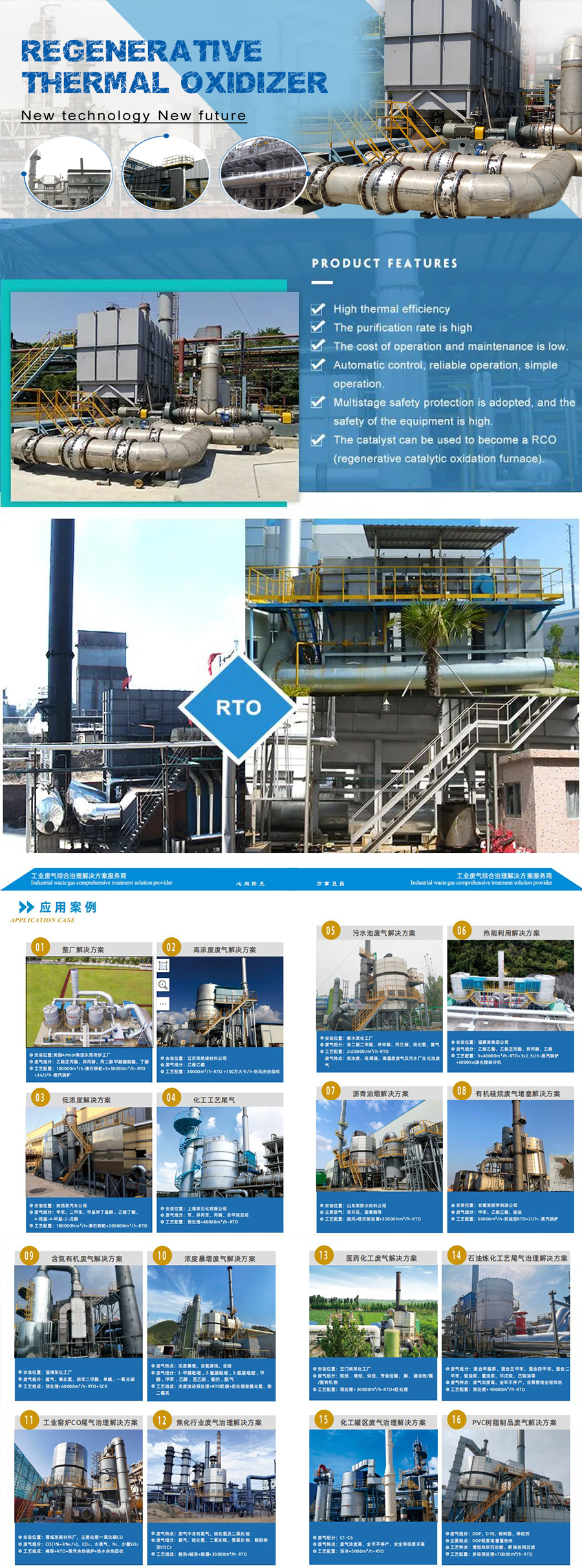
编辑:CX 2024-04-04
